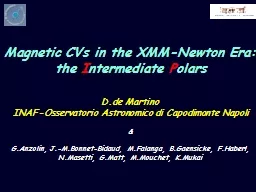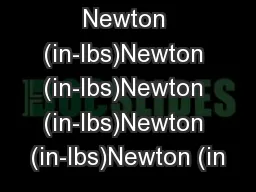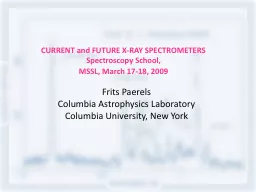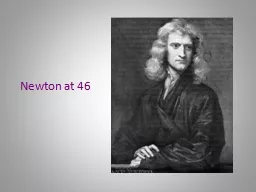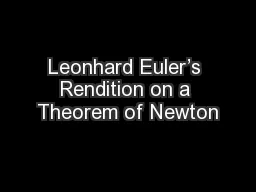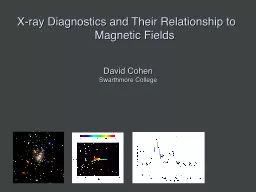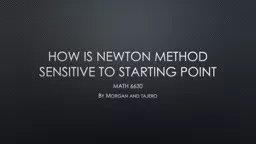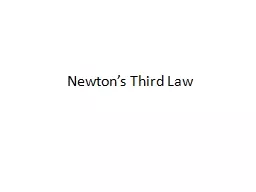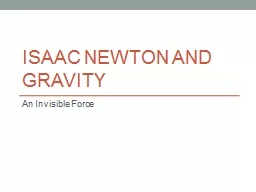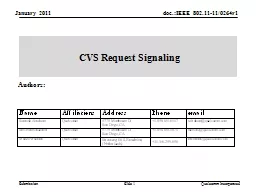PPT-Magnetic CVs in the XMM-Newton
Author : test | Published Date : 2018-11-08
Era the I ntermediate P olars Dde Martino INAFOsservatorio Astronomico di Capodimonte Napoli amp GAnzolin JMBonnetBidaud MFalanga BGaensicke FHaberl
Presentation Embed Code
Download Presentation
Download Presentation The PPT/PDF document "Magnetic CVs in the XMM-Newton" is the property of its rightful owner. Permission is granted to download and print the materials on this website for personal, non-commercial use only, and to display it on your personal computer provided you do not modify the materials and that you retain all copyright notices contained in the materials. By downloading content from our website, you accept the terms of this agreement.
Magnetic CVs in the XMM-Newton: Transcript
Download Rules Of Document
"Magnetic CVs in the XMM-Newton"The content belongs to its owner. You may download and print it for personal use, without modification, and keep all copyright notices. By downloading, you agree to these terms.
Related Documents

